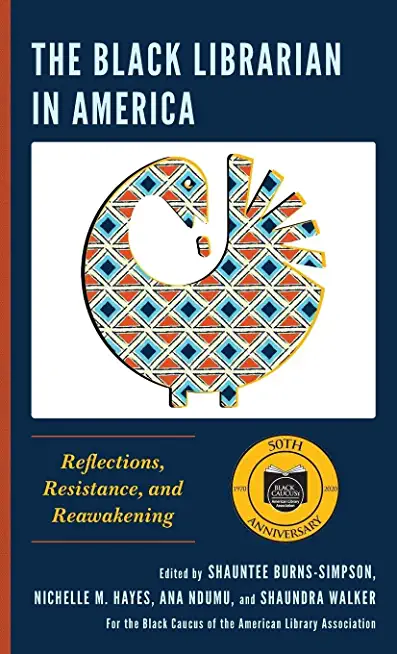
Smith, Adrian
product information
description
ty and technical prowess marks him out as a songwriter and guitarist of remarkable endurance, as inventive and relevant today as at the outset of his solo career half a century ago. In Flying Solo: Richard Thompson and the Making of Henry The Human Fly Adrian Smith explains why a debut album dismissed at the time as eccentric and disappointing came to be seen as strikingly original, its preoccupation with the strange and subversive anticipating contemporary songwriters and naturalists like Jonny Flynn and Robert Macfarlane. Flying Solo traces Henry The Human Fly's impressive afterlife back to Richard Thompson's formative years with Fairport Convention and his determination to echo The Band by making music that transcended time, fusing native myths and folk traditions with modern day arrangements, instrumentation and production. Henry The Human Fly is seen as a bridge between folk rock's finest hour - Fairport's Liege & Lief - and the much acclaimed I Want To See The Bright Lights Tonight, the first and the best of Richard and Linda Thompson's six albums. The couple's break up saw Thompson relocate to America and establish himself as an artist in his own right on both sides of the Atlantic. A succession of outstanding albums meant that for too long Henry The Human Fly was overlooked; rediscovery thanks to streaming means we can now locate it as an important milestone in the long career of a truly great talent.
member goods
No member items were found under this heading.
Return Policy
All sales are final
Shipping
No special shipping considerations available.
Shipping fees determined at checkout.







